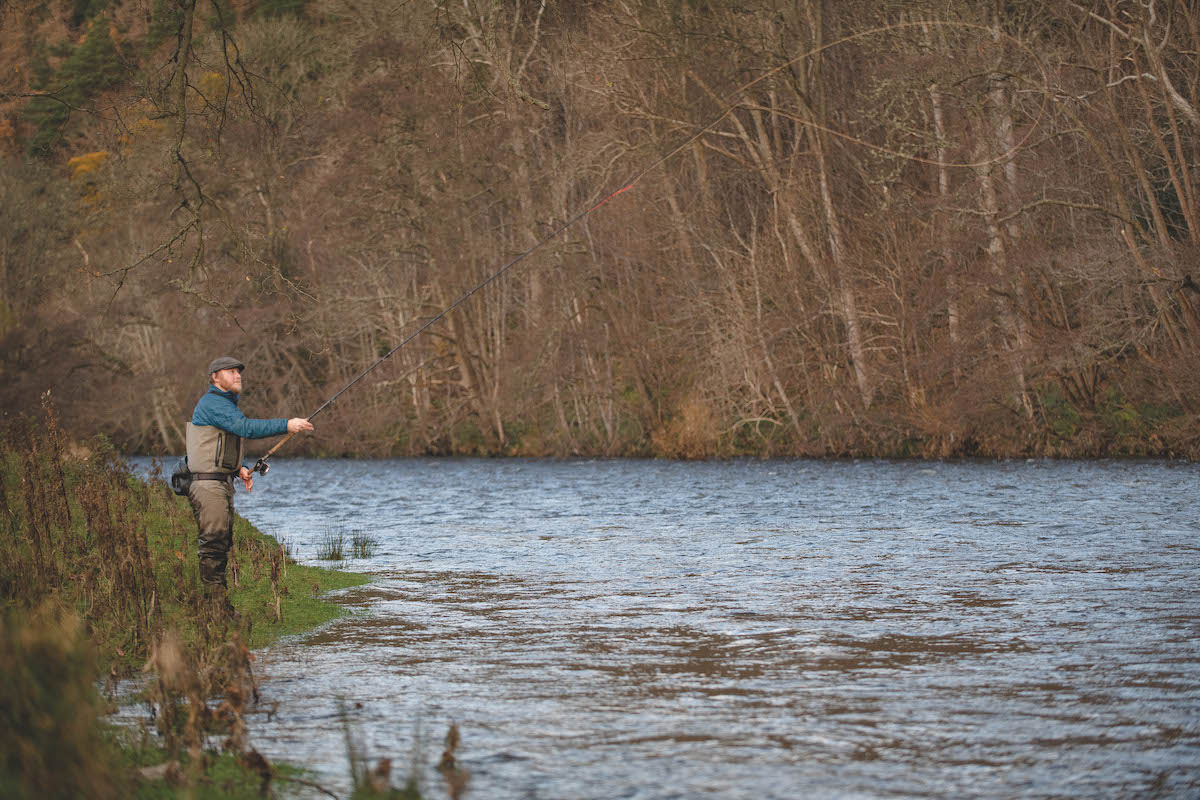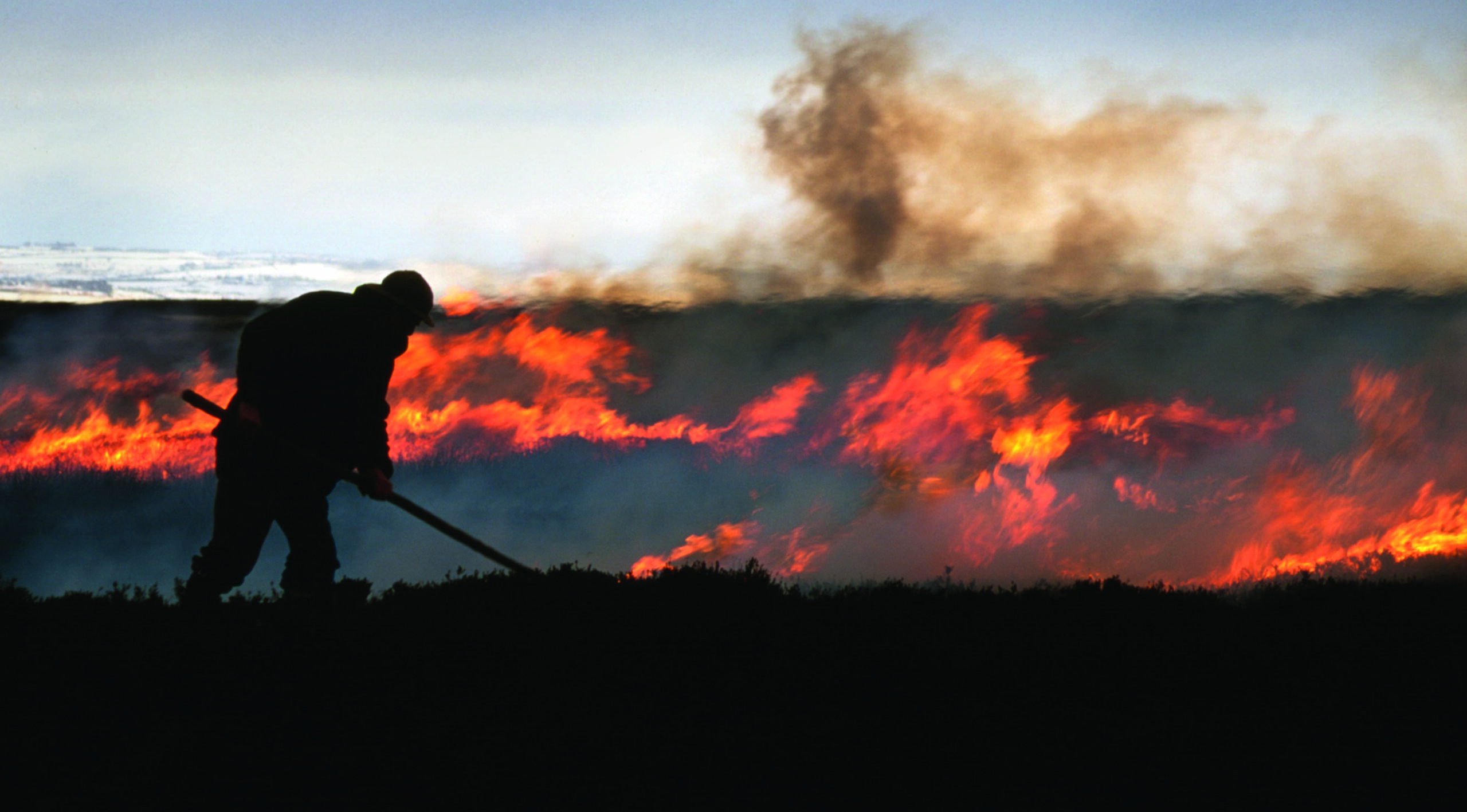Cause for optimism on Scottish salmon rivers

Tweed fishing reports estimate around 600 salmon caught in July
The aftermath of a scorching June witnessed an intriguing climatic shift in the United Kingdom. July marked its entry as the sixth wettest on record since meteorological data collection commenced in 1836. In a dramatic twist, Northern Ireland experienced an exceptional deluge, setting a new record for the region’s wettest July.
Though described as a ‘July washout’ by meteorologists from the Met Office, the relentless rainfall brought forth an unexpected boon. The annual upstream migration of salmon, a critical event for their reproductive cycle, encountered a stroke of luck. The swollen rivers, a consequence of unceasing rain, presented ideal conditions for these determined fish, aiding their journey.
The renowned fishing reports of the Tweed River showcased a promising revelation. The month of July yielded an estimated 600 salmon catch, a testament to the serendipitous alignment of weather and wildlife. The momentum continued into August, with approximately 400 more salmon reeled in during the first week alone. This feat was all the more impressive given the typical flooding concerns posed by incessant rains.
The Tweed River, a focal point of angling activity, demonstrated remarkable resilience against potential flooding. This was attributed in part to the Tay River’s network of flow-regulating lochs. Even the Tay’s Cargill beat boasted a commendable salmon count of 50 in July, defying the odds.
However, this abundance prompts a conservation discourse. A significant majority of anglers, around 90 to 95%, have chosen to uphold catch and release policies. This conscientious approach underscores the importance of preserving the salmon population for the benefit of future generations.
Nature’s capricious rhythms play a pivotal role. Last year’s drought conditions impeded salmon upstream journeys, leaving them vulnerable to predators like seals and dolphins in the Berwick estuary. This year, the River Spey experienced diminished spring catches compared to its five-year average, emphasising the fragile equilibrium that governs these aquatic ecosystems.








